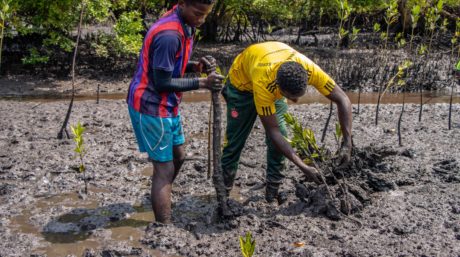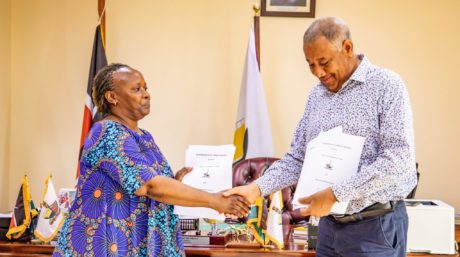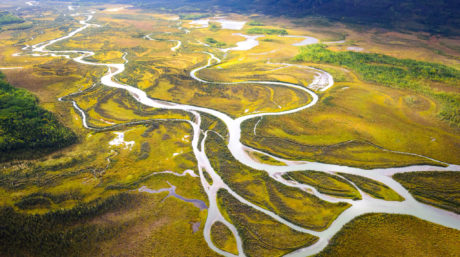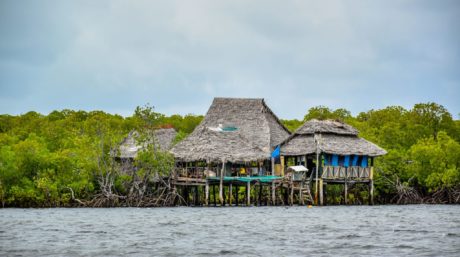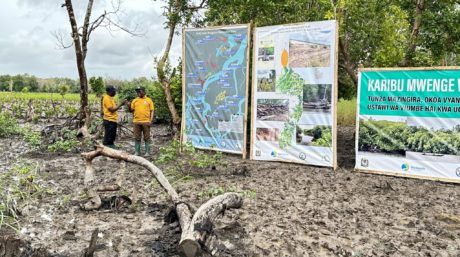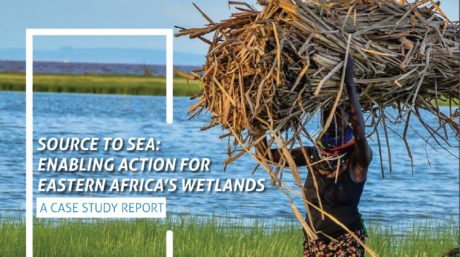 Case study
Case study
Source to Sea: Enabling Action for Eastern Africa’s Wetlands – A Case Study Report
We are thrilled to unveil our latest case study report, a compelling journey through four key landscapes across three countries in Eastern Africa from 2021 […]
